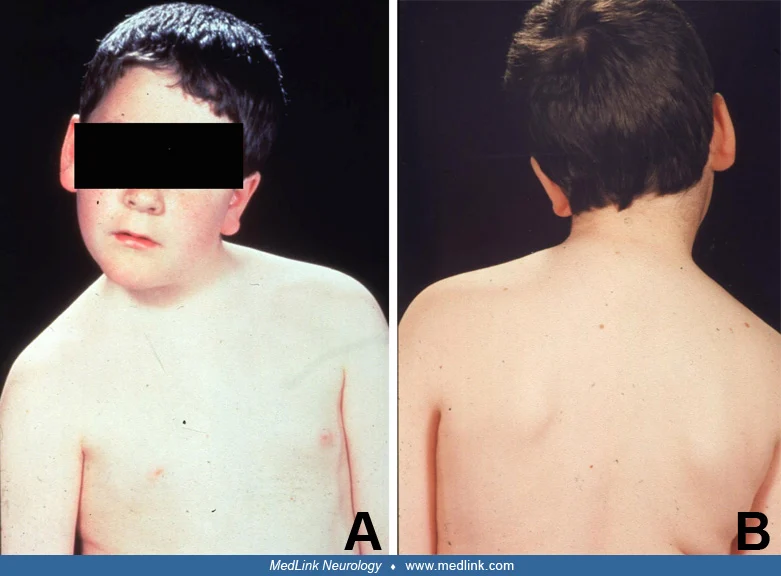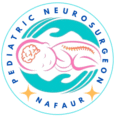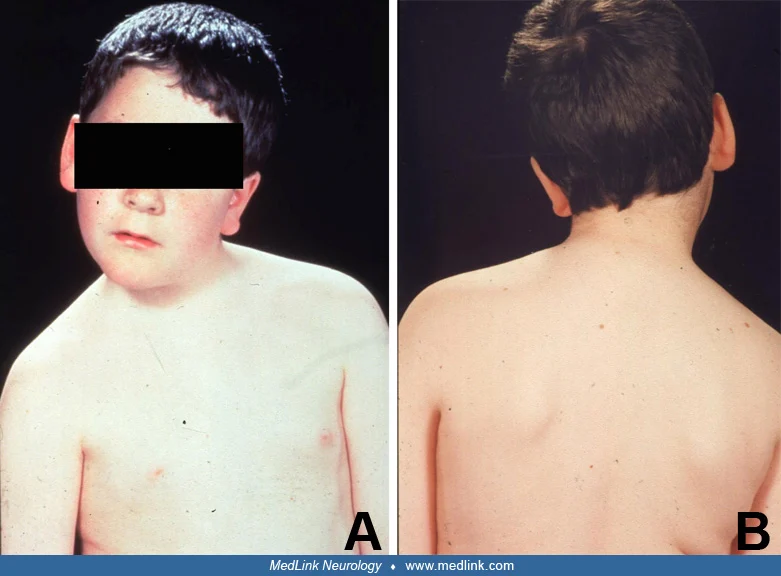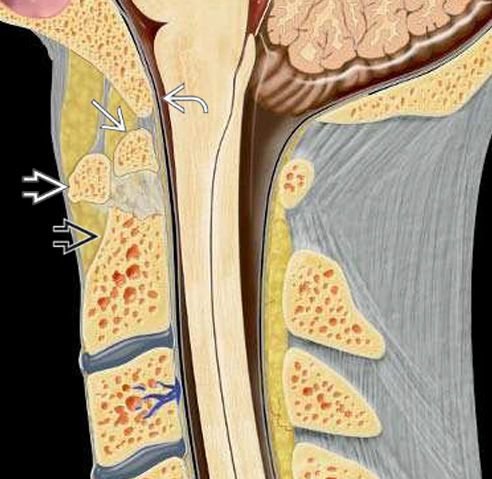Post-traumatic CVJ Instability
Post-traumatic CVJ Instability
Post-traumatic Craniovertebral Junction (CVJ) Instability is a serious and potentially life-threatening condition where trauma to the upper spine or base of the skull causes disruption of the normal alignment, structure, or stability of the craniovertebral junction. This region includes the occipital bone (base of skull), atlas (C1), and axis (C2) vertebrae, and is critical for head movement, spinal cord protection, and neurological function. In Bangladesh, cases of CVJ instability following road traffic accidents, falls, head trauma, or sports injuries are not uncommon, especially in children and young adults. Unfortunately, many of these injuries go unrecognized or undertreated, leading to spinal cord compression, paralysis, or chronic neurological disability. Thanks to the expertise of neurosurgeons like Dr. Md. Nafaur Rahman—Assistant Professor of Pediatric Neurosurgery at the National Institute of Neurosciences & Hospital (NINS&H) and Chief Consultant at Bangladesh Paediatric Neurocare Centre—patients with post-traumatic CVJ instability now have access to state-of-the-art diagnostic tools, surgical stabilization techniques, and long-term rehabilitation care. 🧠 Understanding Post-Traumatic CVJ Instability The craniovertebral junction (CVJ) is the most mobile and structurally complex region of the spine. Trauma to this area can result in: Ligamentous injury Fracture or dislocation of the atlas or axis Atlantoaxial instability (AAI) Basilar invagination (BI) Rotatory subluxation Occipito-cervical instability If not promptly treated, these injuries can compress the brainstem or spinal cord, causing permanent disability or even death. 🚸 Common Causes of CVJ Injury in Bangladesh Road traffic accidents (particularly involving motorcycles or three-wheelers) Falls from height, trees, beds, or stairs (especially in rural homes) Head trauma in sports or physical play Non-accidental trauma (child abuse cases) Improper neck manipulation by traditional healers (kobiraj) 📊 Symptoms of Post-Traumatic CVJ Instability Depending on the severity and site of injury, symptoms may range from subtle to severe: Neck pain or stiffness Restricted head movement Tingling, numbness, or weakness in arms or legs Imbalance while walking Difficulty breathing or swallowing Loss of bladder or bowel control In extreme cases, sudden unconsciousness or respiratory arrest In children, symptoms may be less obvious and are sometimes misdiagnosed as post-traumatic shock or orthopedic injuries unless assessed by a pediatric neurosurgeon. 🏥 Diagnosis of CVJ Instability in Bangladesh Accurate and early diagnosis is essential. At NINS&H and Bangladesh Paediatric Neurocare Centre, patients are evaluated using: Cervical spine X-rays (including flexion-extension views) MRI of the brain and upper spine – to detect spinal cord compression or contusion CT scan with 3D reconstruction – ideal for detecting fractures, dislocations, or anatomical anomalies Dynamic imaging – to confirm instability during neck motion These diagnostic facilities are now available in most tertiary centers in Dhaka, and referrals are accepted from all over Bangladesh. ⚕️ Surgical Management of Post-Traumatic CVJ Instability in Bangladesh The treatment goal is to stabilize the CVJ, decompress the spinal cord if needed, and restore safe anatomical alignment. Surgical options include: Occipito-cervical fusion (OCF) C1–C2 posterior fusion using screws and rods Transoral decompression (in rare anterior compression cases) Intraoperative spinal cord monitoring and neuronavigation Dr. Md. Nafaur Rahman has extensive experience performing complex CVJ reconstruction surgeries in children and adults. His surgeries utilize pediatric-specific implants, custom planning with 3D CT, and state-of-the-art techniques for ensuring long-term neurological safety and spinal stability. ✅ Post-Surgical Recovery and Rehabilitation Post-operative recovery focuses on: Immobilization with cervical collar or halo vest Regular neurological monitoring Physical rehabilitation to restore motor skills and balance Psychological support for trauma-related stress or anxiety Most patients return to school, college, or daily life activities with minimal restriction, provided surgery is done promptly. 👨⚕️ Why Choose Dr. Md. Nafaur Rahman for CVJ Surgery in Bangladesh? 🎓 Assistant Professor, Pediatric Neurosurgery, National Institute of Neurosciences & Hospital (NINS&H) 🏥 Chief Consultant, Bangladesh Paediatric Neurocare Centre 🧠 Specialist in craniovertebral junction trauma, congenital anomalies, and spinal cord decompression 🛠️ Experienced in using advanced CVJ instrumentation and pediatric spine fixation systems 🇧🇩 Trusted by families and doctors across Bangladesh for safe, compassionate, and expert care 🌍 Nationwide Access to CVJ Care in Bangladesh Patients from Dhaka, Chattogram, Rajshahi, Khulna, Sylhet, Barisal, Mymensingh, and rural districts routinely travel to Dhaka for expert evaluation and treatment under Dr. Nafaur Rahman’s care. Emergency consultations and referrals are prioritized for trauma cases. 📞 For Emergency Consultation & Appointments 📱 Serial Booking Numbers: 📞 +8801912988182 📞 +8801607033535 🌐 Website: www.neurosurgeonnafaur.com 📍 Locations: National Institute of Neurosciences & Hospital, Dhaka Bangladesh Paediatric Neurocare Centre




